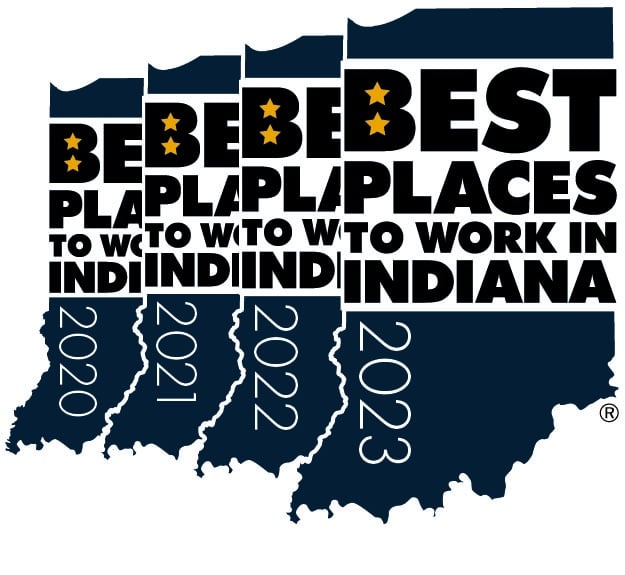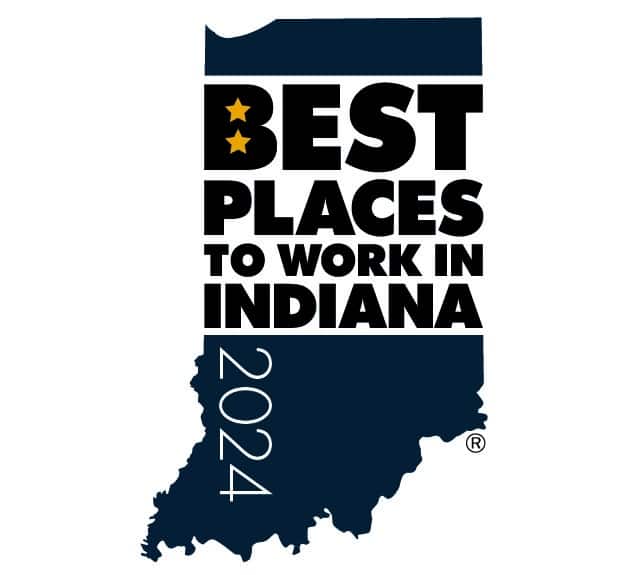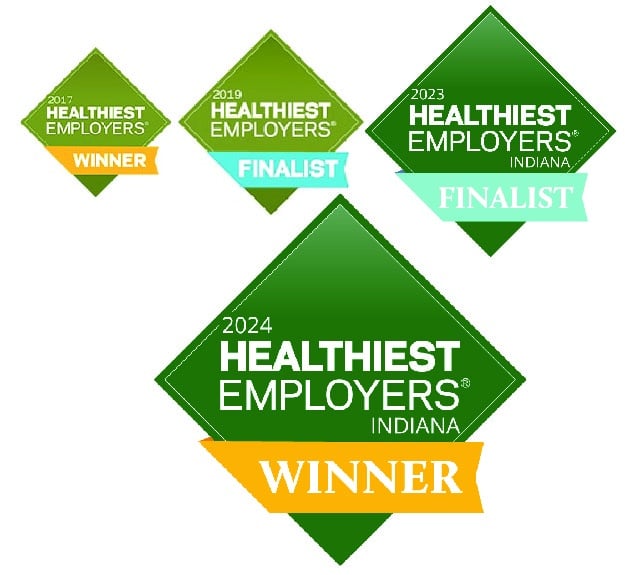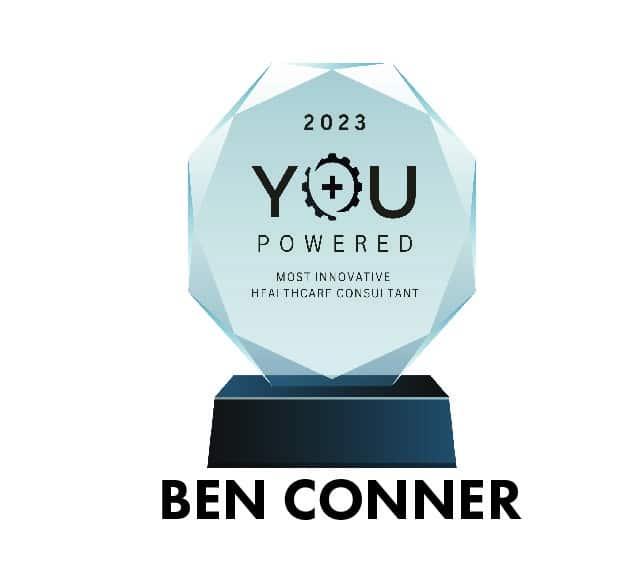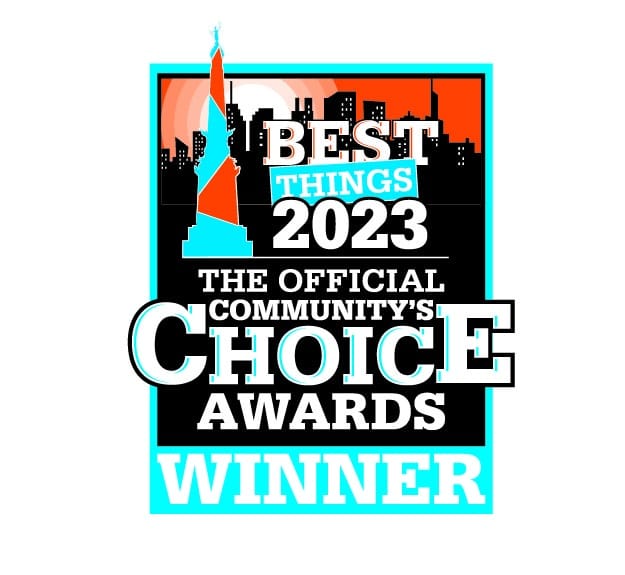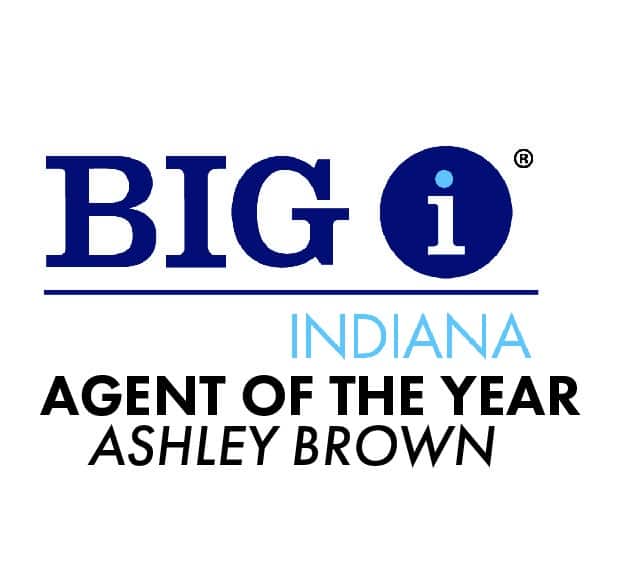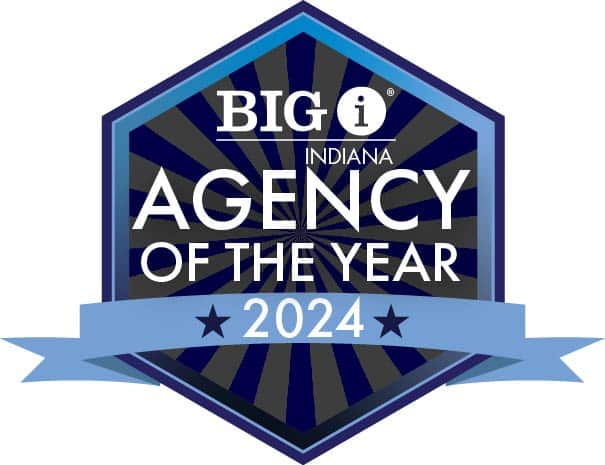Stop Treating Benefits like it is Insurance
Insurance is a transaction, and benefits are strategic. In other words, insurance is a failsafe while your benefits plan should be an active asset in your growth strategy as a company. However, many business owners overlook just how much of an impact benefits can have on their business and don't fully leverage its potential.
To secure this potential, a benefits program should be treated exactly how it sounds, as an actual benefit. Your employees depend on it. Many even prioritize benefits over other job factors, like salary and title.
The challenge business owners face is that providing a great benefits plan isn’t as simple as picking an expensive plan. In many cases, that can actually be the worst course of action for everyone involved--the business and the employees. Great benefits are about matching your program to the needs of your people.
With the diverse nature in organizations today (there are currently four generations in the workforce), one of the most important tasks in taking care of your employees is listening to them.
A Customized Plan
Just as every business is unique, your employee’s needs will be unique too. Meeting the requirements of each employee can be a challenging endeavor. However, with careful planning, the benefits you offer can meet these requirements and produce a plan that reduces costs while increasing the quality of care for your employees.
Exactly what that looks like will vary by business, but here are some truisms that we find in most of the plans we assess:
- Businesses and their employees are almost always overpaying for prescription drugs. With greater control, you can source the exact same prescriptions for significantly lower rates in nearly all cases.
- Plan perks may not match the needs of the population. Different types of workforces often benefit from different kinds of benefits, so a generic benefits plan often ends up having large chunks of programs that are underutilized.
- Quality of care is not a priority in the current plan. Traditional benefits programs push patients to certain networks with no insight into the actual quality of the care they receive, which can mean more pain and suffering from employees as well as more downtime. With a more thorough approach, your people can see higher-rated professionals--often for a lower cost.
- Communication and support are lacking. Navigating a benefits plan is typically a major frustration for employees, especially if they need to talk to an insurance company. This leads to a poor experience and underutilized benefits, but with a concierge or dedicated support person available, experience and care can actually improve.
Keep in mind, even a great benefits plan can fall short if you aren’t properly equipping your people to use it.
The Rollout
Benefits training and ongoing support for employees should be made available at all times, to all employees. But training alone may not be enough to help employees navigate the options provided for them. Some employers are looking to utilize decision-support tools which help your employees view their benefits plans so they can make smarter, quicker decisions. Combining this technology with an employee website portal can make the plan easier to access at all times.
Information sessions held semi-annually with spouses invited and health awareness days are also ways to continue to incorporate training about your benefits plans as well as utilizing team leaders. By engaging leadership from across the company (not only HR and finance) the team may naturally form more social connections, improving employee morale and gaining additional insights into what will be impactful for employees.
For many of our clients, these tools are further supported by dedicated support people. Sometimes those support mechanisms are internal, and in other cases, they are baked into the plan itself as an additional asset.
Listen and Refine
When leaders are actively engaging with employees about their needs there is a continuous dialogue about what is working for the population and what is not, allowing you to evolve the benefits plan over time. For example: commuter benefits may be less valuable in a world of remote work. Adapting your benefits plan based on company growth and employee feedback can continue to improve employee recruitment and retention, maximizing your cost-savings.
Insurance is a way to protect against loss. Your plan, however, should mean much more than that. Your benefits can be used to enhance overall job satisfaction, health, and confidence of your people thereby aligning them with the organization's values and vision.

